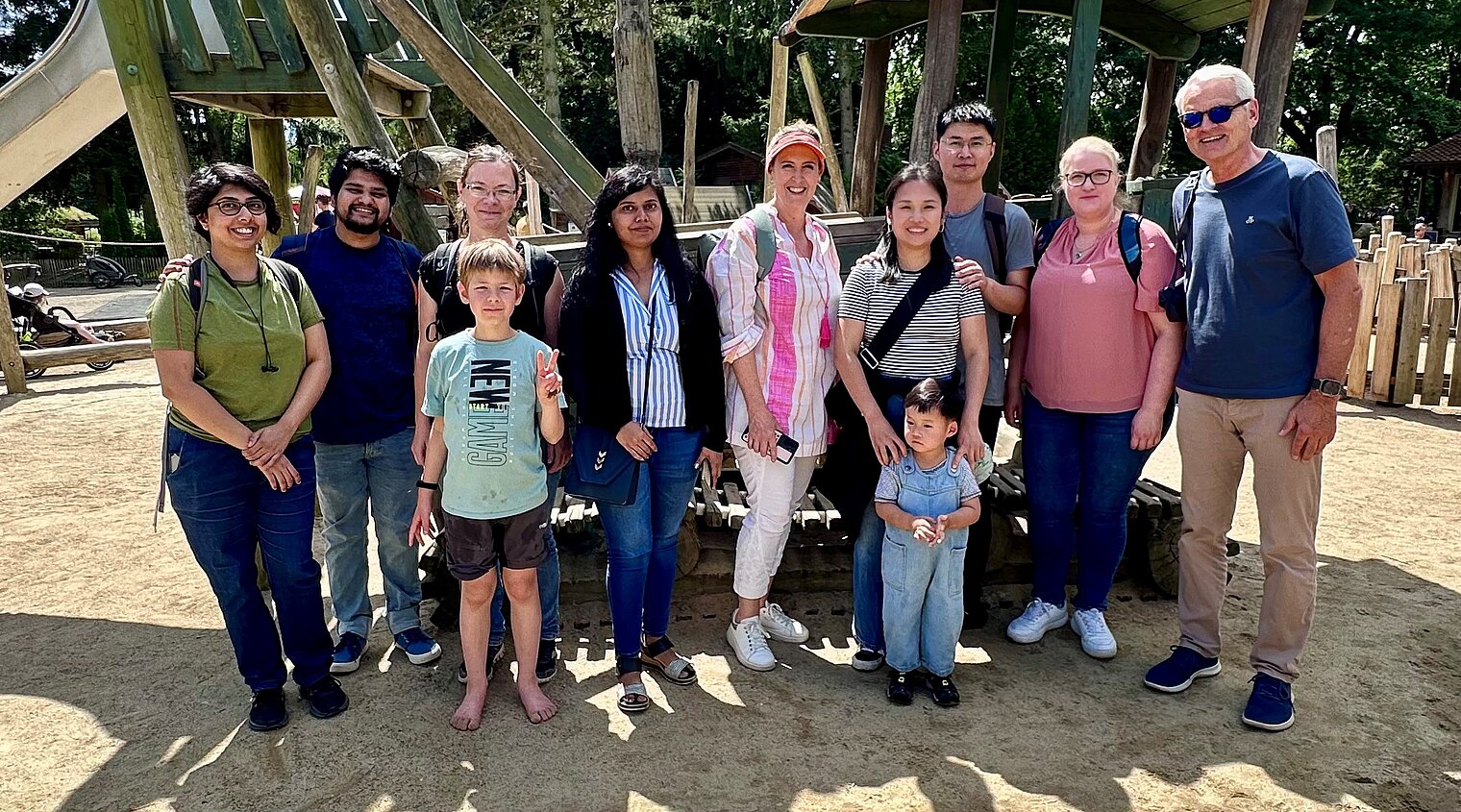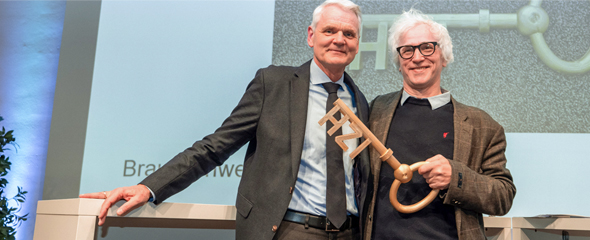
Molecular Structural Biology
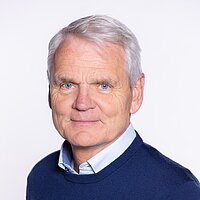
Our research
The main focus of our department is the structural elucidation of larger macromolecular complexes and machines involved in infection processes using single particle cryogenic electron microscopy (cryo-EM) and X-ray crystallography. In close collaboration with research groups from the HZI our current research focus lies on novel CRISPR-Cas nucleases, bacterial virulence factors and natural compound megasynthases. We also follow novel approaches in computer-based miniprotein-based inhibitor design to specifically block bacterial virulence.
Our research
The main focus of our department is the structural elucidation of larger macromolecular complexes and machines involved in infection processes using single particle cryogenic electron microscopy (cryo-EM) and X-ray crystallography. In close collaboration with research groups from the HZI our current research focus lies on novel CRISPR-Cas nucleases, bacterial virulence factors and natural compound megasynthases. We also follow novel approaches in computer-based miniprotein-based inhibitor design to specifically block bacterial virulence.
Prof Dirk Heinz
"Seeing is believing" - The beauty of structural biology lies in the fact that the structural information obtained can often be used to directly deduce how the protein molecule in question works.
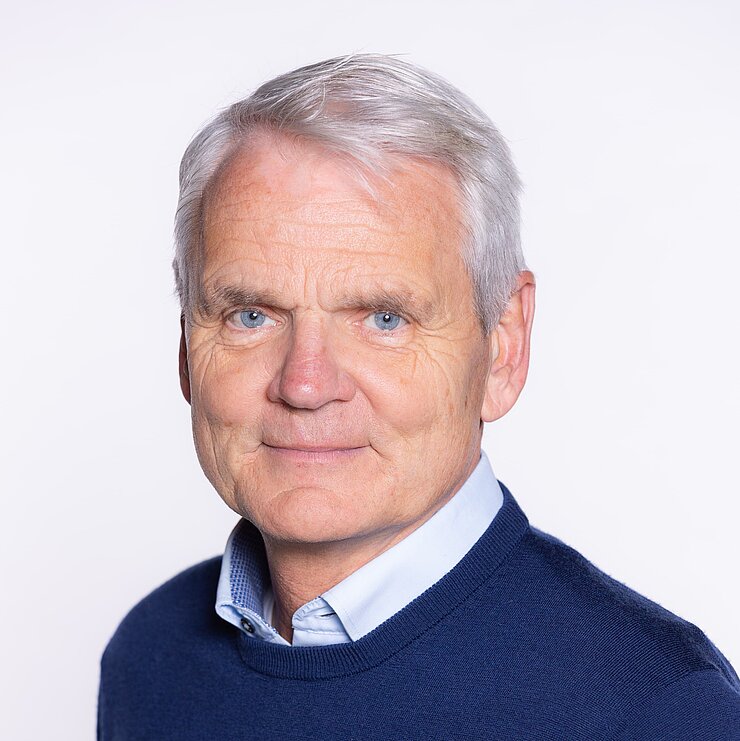
Dirk Heinz is a German biochemist and structural biologist. He studied chemistry in Freiburg/Germany and received his PhD in structural biology from the University of Basel/Switzerland. After a postdoctoral stay at the University of Oregon and habilitation in Freiburg, he moved to the Helmholtz Centre for Infection Research (HZI) as head of a junior research group and subsequently rose to head of department. In 2011, he took over as Scientific Director of the Center, a position he held until June 2023. Since 2012 he holds a full professorship in structural biology at the Technical University of Braunschweig. In July 2023, Dirk Heinz returned to active research as Head of the Department of Molecular Structural Biology. Dirk Heinz is an EMBO member and holds an honorary doctorate from the University of Würzburg.
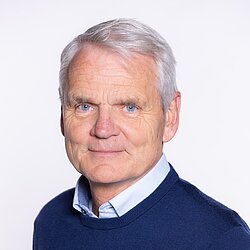


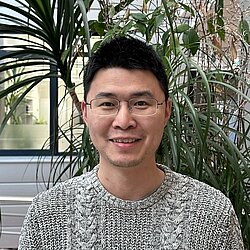


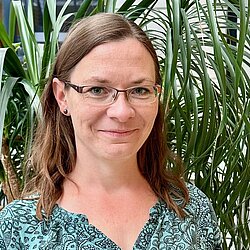
Selected Publications
A. Kling et al., Targeting DnaN for tuberculosis therapy using novel griselimycins. Science 348, 1106-1112 (2015).
N. Quade, L. Huo, S. Rachid, D. W. Heinz, R. Muller, Unusual carbon fixation gives rise to diverse polyketide extender units. Nature chemical biology 8, 117-124 (2011).
T. Wollert et al., Extending the host range of Listeria monocytogenes by rational protein design. Cell 129, 891-902 (2007).
H. H. Niemann et al., Structure of the human receptor tyrosine kinase met in complex with the Listeria invasion protein InlB. Cell 130, 235-246 (2007).
I. Astner et al., Crystal structure of 5-aminolevulinate synthase, the first enzyme of heme biosynthesis, and its link to XLSA in humans. The EMBO journal 24, 3166-3177 (2005).
G. Layer, J. Moser, D. W. Heinz, D. Jahn, W. D. Schubert, Crystal structure of coproporphyrinogen III oxidase reveals cofactor geometry of Radical SAM enzymes. The EMBO journal 22, 6214-6224 (2003).
W. D. Schubert et al., Structure of internalin, a major invasion protein of Listeria monocytogenes, in complex with its human receptor E-cadherin. Cell 111, 825-836 (2002).
J. Moser et al., V-shaped structure of glutamyl-tRNA reductase, the first enzyme of tRNA-dependent tetrapyrrole biosynthesis. The EMBO journal 20, 6583-6590 (2001).
Publications
An overview of all publications can be found here
